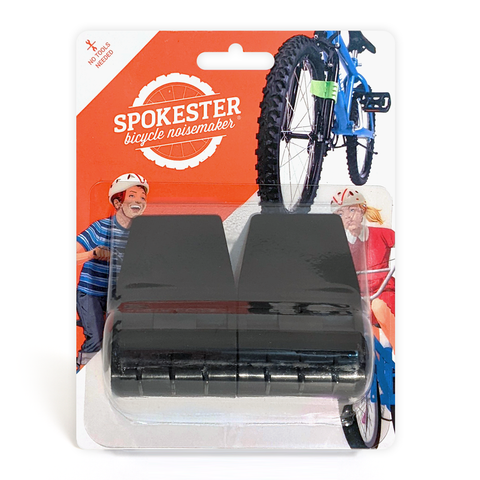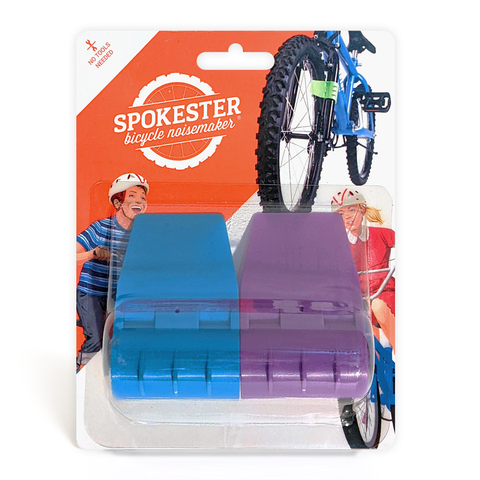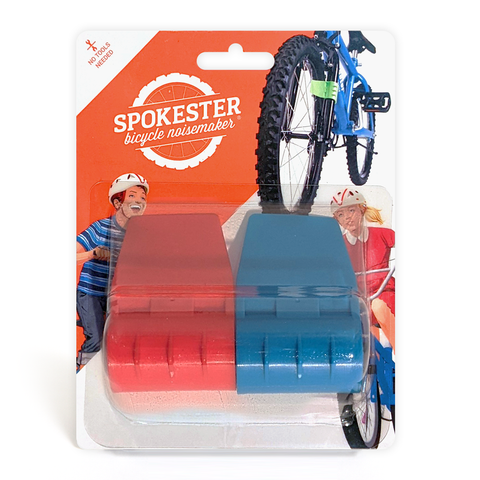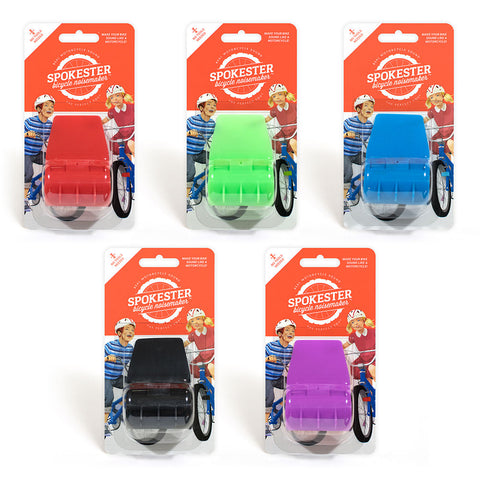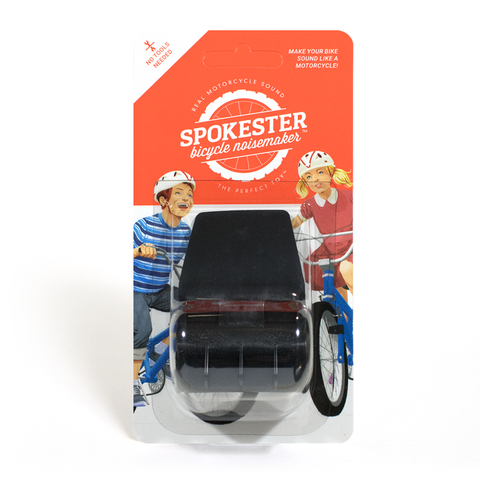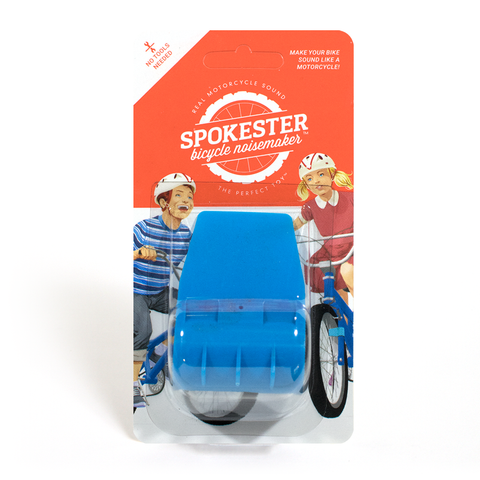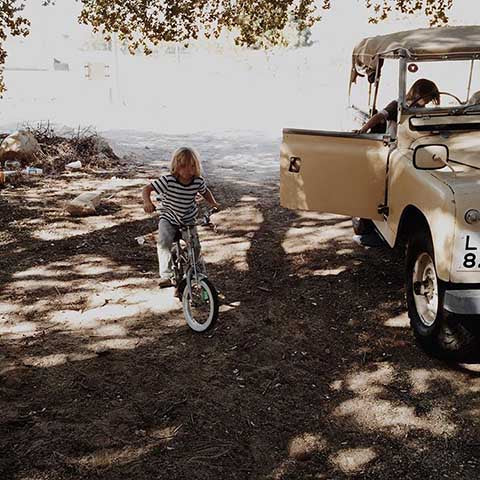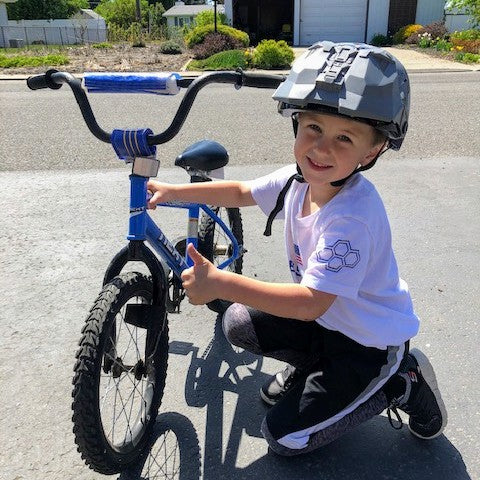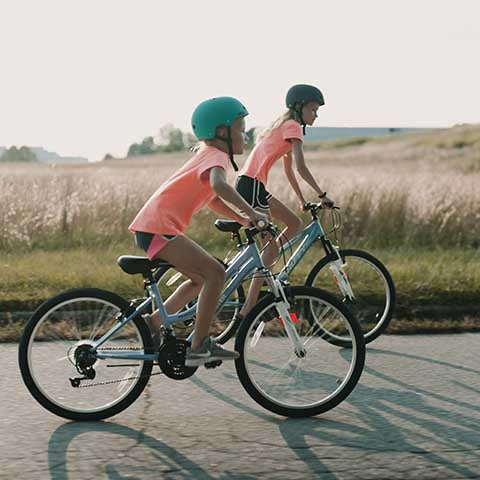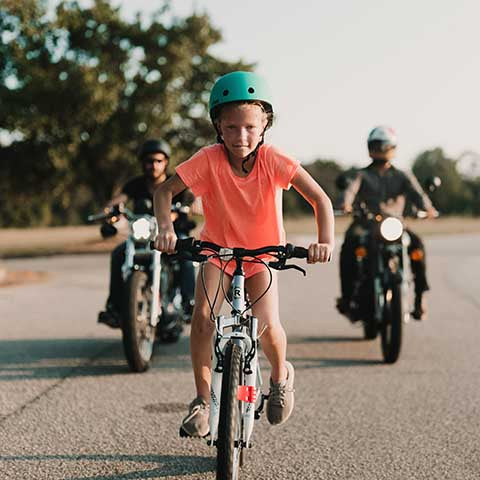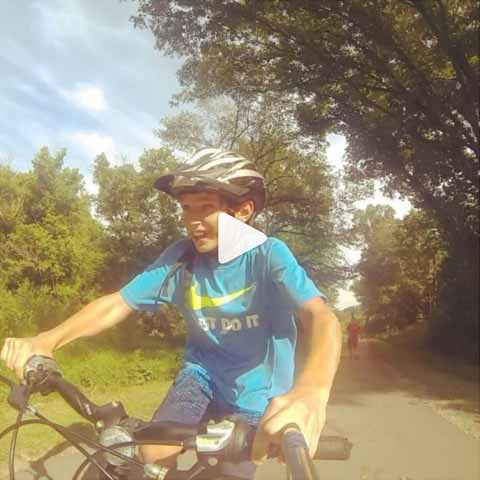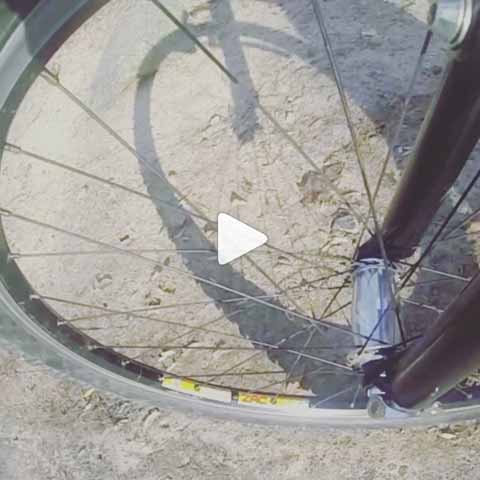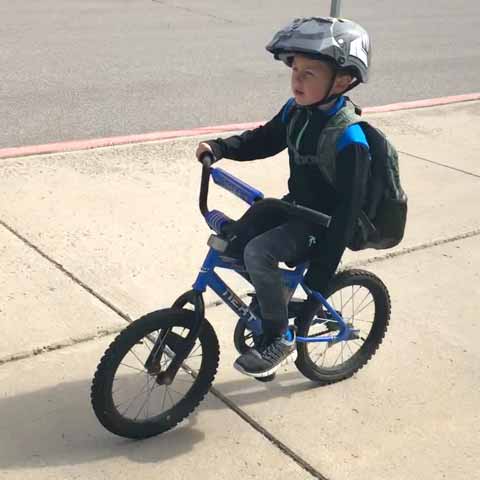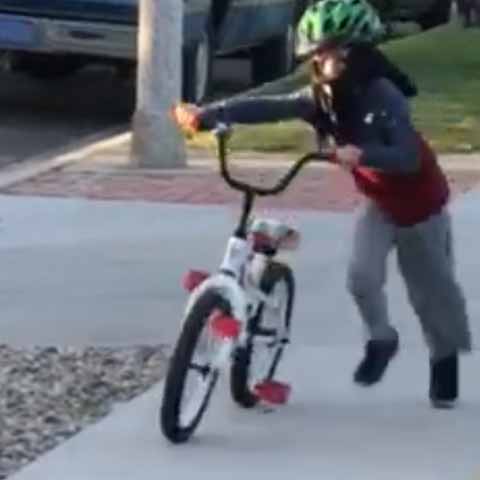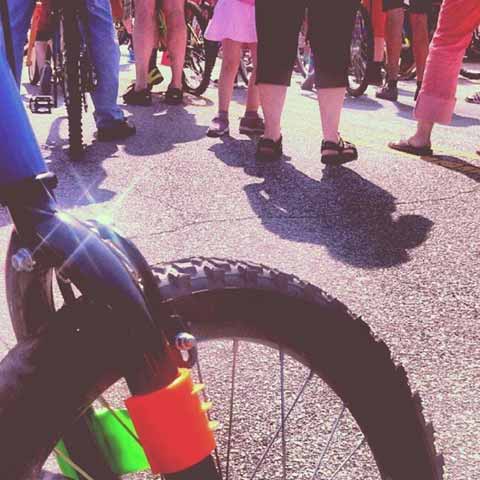Bike Gear Breakdown for Your Kid's First Multi-Speed Bike
Ever wonder why car-dealer window stickers list both city and highway gas mileage? In cities, there's a lot more stopping and starting, and the changes in slope can be steeper and more abrupt. All this means the engine needs to work harder to get the car moving and then to sustain constant speed on hills. On highways, you've got momentum on your side thanks to much higher speeds and more gradual changes in gradient.
So, generally speaking, knowing that flat road = high gear (engine turns slowly to maintain speed) and hill = low gear (engine turns faster to maintain speed) means you understand the theory behind bike gears, too.
We're here today to break it down a bit further so you can calmly explain to the little people in your life why they really don't need 18-speeds for their daily commute to the monkey bars. That is unless their route involves obscene elevation changes, in which case maybe they should rethink their choice of playground.
Bike Gear Terms to Know
Before we go any further, let's run through some bicycle gear terminology so you don't get lost in the lingo. And also so you can impress your kids, who never pegged you for the gearhead type, anyway.
- Drivetrain: Umbrella name for all those moving parts between your feet and the rear wheel—i.e., everything that moves the bike forward when you pedal. It includes all the things we're about to mention, so moving on.
- Chainring: The bigger "gears" attached to the pedals. "Gears" is in quotes here since that's really a misnomer. In any mechanical system, gears mesh with other gears directly when they turn. On a bike, the chainring meshes with the chain and therefore is not a "gear" in the literal sense. Don't worry, this'll all become clearer as we go.
- Crankset: Everything in the front of the drivetrain, including the pedals (standard or clipless), crank arms, and chainrings. In fact, it's sometimes called a "chainset" as well because of this.
- Sprocket: The "gears" attached to the rear wheel (again, they're not really "gears," but you get the idea). Also called a "cog" in some circles.
- Cassette: Collective name for the group of sprockets in the rear of the drivetrain. Also called a "cogset" by the same people who call sprockets "cogs."
- Derailleurs: Parts that move (or "derail") the chain from one chainring to another in the front and one sprocket to another in the back.
- t: Short for "teeth," the little pieces of metal poking up from the chainrings and sprockets that mesh with the chain and make it turn.
- Ratio: Relationship between the number of teeth between a particular chainring and a particular sprocket. If a chain is sitting on a chainring with 44t and a sprocket with 11t (expressed as 44x11), then you've got a 4:1 ratio. This means that for every one pedal stroke, the rear wheel turns four times. Important concept, more on this soon.
What Bike Gears Do
Single-speed bicycles with one chainring and one sprocket are great for young kids, casual riders in flat places, and urban commuters who simply want to get from A to B and don't need four wheels and a motor to do it. Unfortunately, they're not great for serious road cyclists or hill-rocking mountain bikers, who need to be more strategic in the way the spend their limited energy during rides.
Enter the gear system. Multiple gears—or adjustable chain positions between the chainrings and sprockets—make pedaling more efficient on changing terrain and allow you to go much faster on flat surfaces. They do this by increasing or decreasing the distance the bike moves forward as you pedal. This lets you find and maintain a comfortable pedaling speed, called "cadence," no matter what the ground does under you.
How does this all translate to how many gears a bike supposedly has? Let's say you have three chainrings up front and a 10-sprocket cassette in the back. Multiply these together and you've got yourself a 30-speed bicycle. Except not really. Gears have less to do with the number of components and more to do with the number of teeth on those components. In this "30-speed bike" of ours, there are so many chainring-to-sprocket combinations that you're going to have some overlap.
For example, a large chainring with 53t paired with a large sprocket with 19t, or 53x19, actually has the same ratio as a smaller pairing of 39x14 (they're both 2.78:1 in case you're wondering). The same ratio means the same distance the bike moves with each turn of the pedals. So, most people in-the-know bypass the marketing trick and simply point to the size of the cassette—i.e., if it has 10 sprockets, it's a 10-speed. Honestly, for your sake, just call it whatever gets your kid excited.
How Bike Gears Work
At their core, gears give you options. Bigger chainrings in the crankset have more teeth interacting with the chain at any given time. This means it's harder to pedal, but you go faster when you do. Reverse this for the cassette. Bigger sprockets on the rear wheel hub give you more torque since they interact with more of the chain. This makes it easier to pedal, and therefore better for starting from a standstill or climbing a hill.
As you ride, you'll want to upshift (changing from easier to harder gears) and downshift (vice versa) based on your situation. When you shift, the cables running from the shifters on or near your handlebars tell the derailleurs what to do. The front derailleur, for instance, pushes the chain off a particular chainring so that it can be caught by another. Pretty simple.
The rear derailleur does the same thing, but it also has another job. When you shift from bigger gears to smaller ones, this creates slack in the chain by shortening the total distance between the far ends of the chainring and sprocket. To pick up this slack so that the chain doesn't just pop off, the rear derailleur has an arm and a cog connected to a spring that that pulls backward at all times to maintain tension regardless of gear.
For both derailleurs, you have to pedal as you shift for the chain to properly slip from gear to gear. Remember to only use one shifter at a time—left for front, right for rear—otherwise you could mis-shift or drop the chain.
Types of Bike Gear Setups
Multi-speed bikes can have all kinds of drivetrain combinations. Most have one to three chainrings and seven to 12 sprockets. Let's take a closer look at what you're most likely to find at your local retailer.
Standard Double
Double here refers to the chainrings. So, you're looking at two chainrings up front linked to as many as 12 sprockets in the back. Racers like this setup since it gives them the two largest chainrings for the fastest possible speeds without adding unnecessary weight.
Triple
If double = two, then triple = ??? That's right, three (for those slow on the uptake). The addition of a third, smaller chainring offers even easier pedaling on grueling climbs. Mountain bikers as well as roadies tackling super hilly courses will consider this option. Or, if you're hauling a trailer full of camping gear in the backcountry every other weekend, this may be worth your while.
Compact
This is a smaller-chainring version of the double. It's become popular among competitive cyclists because it reduces weight. Even though the smaller chainrings also reduce the gear ratio, it's still good enough for many riders to grind out big climbs and build high speed on descents.
What does this mean for your tykes? Well, depending on their age and experience, you'll want to go with more gears if they're drawn to the hills and woods. If they're exceptionally strong or content sticking to flatter rides, then don't worry about needless drivetrain action.
Learning How to Use Bike Gears
Now that you've (hopefully) got a good grip on what's happening underneath you as you're cruising down the path or pavement, here are a few other things to share with your kids as they're figuring it all out on the fly.
Get Comfortable by Practicing
Just like learning how to drive a stick, have them start slowly and gradually become more familiar with what to do and when. One way is by sticking to the easier gears until they get the hang of it and then attempt the harder ones (unless they're completely wired after that ice cream and you want to poop them out). They've got the basics down once they understand how to shift the rear sprocket (right shifter) for small changes and the front chainrings (left shifter) for big changes.
Rules of Thumb for When to Shift
Easier gears—smaller chainrings, bigger sprockets—are for starting from a standstill, hills, or riding into stiff winds. Harder gears—bigger chainrings, smaller sprockets—are for descents and straightaways. Again, with a little practice, this will become second nature.
Anticipate Shifting
Don't wait until you're completely out of breath and about to pull a muscle to change gears. Paying attention and starting the shifting process early is better for you and the bike. Especially when downshifting, teach them to start just before they reach the hill so they can maintain that all-important cadence on the way up. Similarly, have them downshift before they come to a stop (say, at a red light) so they can ease back into it on the first few strokes.
Avoid Cross-Chaining
Chainrings decrease in size as they move toward the bike while sprockets increase in size as the move toward the bike. Shifting gears to the biggest chainring and sprocket pairing OR to the smallest therefore creates an extreme slant of the chain from front to back. This sort of crossover onto the most extreme ends of the gear range stresses the system and could drop the chain. You'll want to show them how to manually move the rear derailleur toward the front to create slack and then place the chain back onto the chainring in case this does happen.
Keep It Clean
Bike cleaning and maintenance is important if they plan to keep their two-wheelers in good riding condition. It's easy to hose down the frame and rims and call it a day once they see that sparkle, but that doesn't meant the job's done. Show your children the right way to clean and lube their bike's mechanics from crankset to cassette to ensure smooth shifting each time they leave the garage.
Okie doke, newly-minted bike gear experts, now you know enough about drivetrains to be dangerous. Good luck in the outdoor classroom!
← Older post Newer post →
